Finding the root cause when systems fail is key to preventing recurring issues. Root Cause Analysis (RCA) focuses on identifying the core reasons behind problems rather than addressing surface-level symptoms.
Traditional RCA relies on manual methods like expert reviews or structured frameworks, which can be slow and inconsistent, especially in complex environments. AI and machine learning transform this process by automating data analysis, detecting patterns humans might miss, and predicting root causes quickly and precisely.
Automating RCA isn't just about efficiency—it reduces downtime, minimizes human error, and frees teams to focus on solutions. By analyzing vast datasets in real-time, AI-powered tools cut diagnosis time dramatically while improving accuracy, turning reactive troubleshooting into proactive system improvement.
This shift helps organizations resolve issues faster and build more reliable processes. Let’s start with how AI and Machine Learning Enhance RCA.
Want to learn more about AI and Machine Learning before we get started? Click here!
AI and machine learning bring precision and scalability to root cause analysis, turning raw data into actionable insights. Here's how they elevate traditional RCA:
AI excels at spotting anomalies or recurring patterns in massive datasets, such as server logs or sensor readings. Unlike manual reviews, machine learning algorithms process terabytes of data quickly, identifying subtle deviations that might signal an issue. For instance, a sudden spike in error rates or unusual user activity can be flagged instantly, helping teams focus on critical signals instead of drowning in noise.
Modern systems generate data across metrics, logs, and traces, often siloed or overlooked. AI tools cross-reference these disparate sources to uncover hidden dependencies. Machine learning models highlight this link if a slow application response correlates with a database latency spike, even if the connection isn't obvious. This reduces guesswork and accelerates pinpointing the true source of a problem.
By analyzing historical incident data, machine learning models forecast potential failures before they disrupt operations. For example, patterns in past server crashes or network bottlenecks can predict similar risks in the future. This proactive approach shifts RCA from reactive firefighting to preventing issues altogether, saving time and resources while improving system reliability.
Every resolved incident trains AI models to perform better next time. Machine learning systems adapt as they process new data, refining their understanding of system behavior and failure modes. Over time, they recognize emerging threats faster and suggest more accurate solutions, creating a feedback loop that strengthens speed and accuracy without requiring manual updates.
By integrating these capabilities, AI transforms RCA into a dynamic, self-improving process that keeps pace with modern system complexity. Now, let us understand some of the key components of automated RCA with AI/ML.
Automated RCA systems combine data, algorithms, and domain knowledge to streamline problem-solving. Here's what powers them:
Effective RCA starts with gathering metrics, logs, and traces from tools like Prometheus, Loki, or OpenTelemetry. Observability platforms unify these streams, creating a centralized dataset for analysis. Advanced AI models can't generate reliable insights without structured, real-time data. This step ensures raw inputs are standardized and accessible, forming the foundation for downstream anomaly detection and root cause identification.
AI models scan incoming data to flag deviations, like unexpected spikes in latency or error rates. For example, a machine learning algorithm might detect a 300% surge in API response times, triggering an alert before users notice slowdowns. Unlike static thresholds, these models adapt to baseline behavior, reducing false positives and highlighting genuine risks that demand attention.
For more information on anomaly detection, refer to this doc.
Modern systems involve interconnected services and infrastructure. Tools like Grafana Tempo or Jaeger automatically map these relationships, showing how a database outage might cascade to front-end services. Dependency graphs help AI models prioritize causes by understanding context—like linking a payment gateway failure to checkout page errors—instead of treating symptoms in isolation.
Machine learning ranks potential causes by correlating anomalies, dependencies, and historical data. For instance, if a failed login surge coincides with an authentication service latency spike, the model flags the service as the likely culprit. This prioritization reduces guesswork, letting teams address the core issue faster than manual triage.
These components work together, transforming fragmented data into targeted solutions while adapting to evolving system complexity. With a clear understanding of these key components, the next step is implementation. Let's explore the essential steps to put this approach into action effectively.
Adopting AI-driven RCA involves more than deploying tools—it's about creating a framework that evolves with your systems. Follow the below steps for implementing AI-powered RCA seamlessly.
Begin by connecting AI/ML platforms to monitoring tools like Datadog, Splunk, or Elasticsearch. These integrations aggregate metrics, logs, and traces into a unified pipeline, ensuring real-time data flows to your models. For example, cloud infrastructure logs can merge with application performance metrics, giving AI systems a holistic view. APIs and pre-built connectors simplify this step, minimizing manual configuration and ensuring seamless data accessibility.
Read this article to learn more about top observability tools.
Use labeled historical incident data—such as timestamps, symptoms, and root causes—to train supervised learning models. The more diverse the dataset (e.g., past outages, latency spikes, or configuration errors), the better the model predicts future issues. For instance, training on server crash patterns helps the AI recognize early warning signs. Engineers and data scientists collaborate to ensure models align with real-world scenarios while avoiding overfitting.
Reduce manual intervention by automating RCA workflows with tools like Doctor Droid. Automated workflows streamline incident detection, root cause isolation, and resolution triggers, significantly reducing downtime. AI can correlate logs, generate insights, and even trigger remediation actions without human intervention. By integrating AI-driven automation, teams can respond faster, prioritize critical incidents, and free up resources for strategic problem-solving.
AI-powered RCA is an evolving process. Regularly validate model performance through post-incident reviews, ensuring accuracy and adaptability. Gather feedback from engineers and fine-tune models based on false positives, missed signals, and emerging failure patterns. Iterative improvements help maintain precision, reduce noise, and enhance AI's predictive capabilities, ultimately making the RCA system more robust, efficient, and reliable.
By implementing AI-powered RCA, you establish a structured, data-driven approach to diagnosing and resolving incidents. But what does this mean for your operations? Let's examine the key benefits of automating RCA and how it enhances efficiency, accuracy, and overall system reliability.
Automating RCA with AI and machine learning delivers measurable advantages for teams managing modern systems:
Automation slashes the time spent diagnosing issues. By instantly analyzing data, AI pinpoints root causes in minutes instead of hours, reducing MTTR. For example, a cloud outage traced to a misconfigured service could be resolved before customers notice disruptions.
Suggested read: Guide on how to Reduce MTTR for Engineering Teams?
AI eliminates human bias by relying on data patterns. Instead of guessing, models correlate anomalies across metrics, logs, and traces to identify causes. This precision reduces misdiagnoses—like distinguishing between a server overload and a buggy code deployment—ensuring fixes address the real problem.
Downtime and manual RCA drain resources. Automation cuts staffing costs and minimizes revenue loss from outages. Proactive predictions also prevent incidents—like stopping a storage exhaustion event before it disrupts transactions—saving penalties tied to SLA breaches.
AI handles RCA for sprawling systems effortlessly. Whether monitoring microservices or hybrid infrastructure, models adapt to growing data volumes and complexity without added effort. This ensures consistency as your systems evolve, avoiding bottlenecks that plague manual methods.
Also read: AI in Automated Root Cause Analysis: Benefits and Use Cases
Together, these benefits create systems that aren't just resilient but also smarter, freeing teams to innovate rather than troubleshoot. Automating RCA brings efficiency and accuracy, but implementing it comes with its own set of challenges. Let's take a closer look at the most common challenges and how to overcome them.
Implementing automated RCA requires more than just deploying AI models. Organizations may struggle to achieve accurate and reliable root cause analysis without addressing these challenges. Here are some key obstacles to be aware of:
AI-driven RCA depends on structured, high-quality data to generate accurate insights. Incomplete, inconsistent, or noisy data can lead to unreliable analysis and false positives. Ensuring proper data collection, normalization, and labeling is crucial for AI models to effectively identify meaningful patterns and root causes.
Seamlessly integrating AI/ML models with existing monitoring, logging, and ITSM tools can be challenging. Legacy systems, siloed data sources, and incompatible workflows may hinder automation efforts. Organizations must focus on API compatibility, middleware solutions, and phased integration approaches to ensure smooth deployment without disrupting operations.
AI models require historical incident data to learn and improve over time. However, organizations with limited or unstructured datasets may struggle to train models effectively. Gathering relevant logs, past RCA reports, and telemetry data while continuously refining models ensures better prediction accuracy and reliability.
Addressing these challenges starts with choosing the right tools. AI-powered RCA relies on observability platforms, machine learning frameworks, and automation solutions to deliver accurate and efficient root cause analysis. Here are some essential tools that can support its implementation.
Implementing AI-powered RCA requires a robust set of tools for monitoring, tracing, and automation. These solutions help collect data, analyze dependencies, and generate insights for faster root cause identification. Here are some essential tools to support RCA implementation:
These tools gather and visualize data, forming the backbone of RCA workflows:
1. Prometheus: A widely used open-source monitoring system that collects and stores time-series data, enabling real-time alerting and RCA. It helps track system performance, detect anomalies, and support automated incident responses.
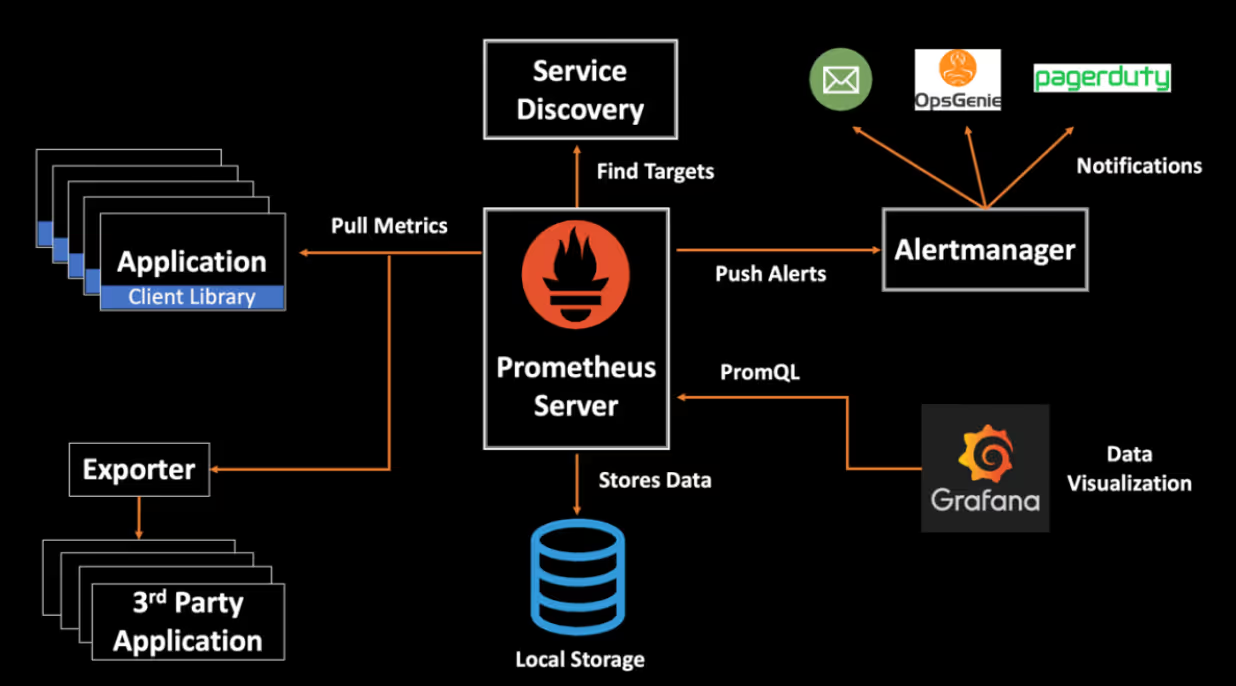
2. Grafana: A powerful visualization tool that integrates with multiple data sources, including Prometheus, to provide interactive dashboards for monitoring key metrics, identifying trends, and accelerating root cause analysis.
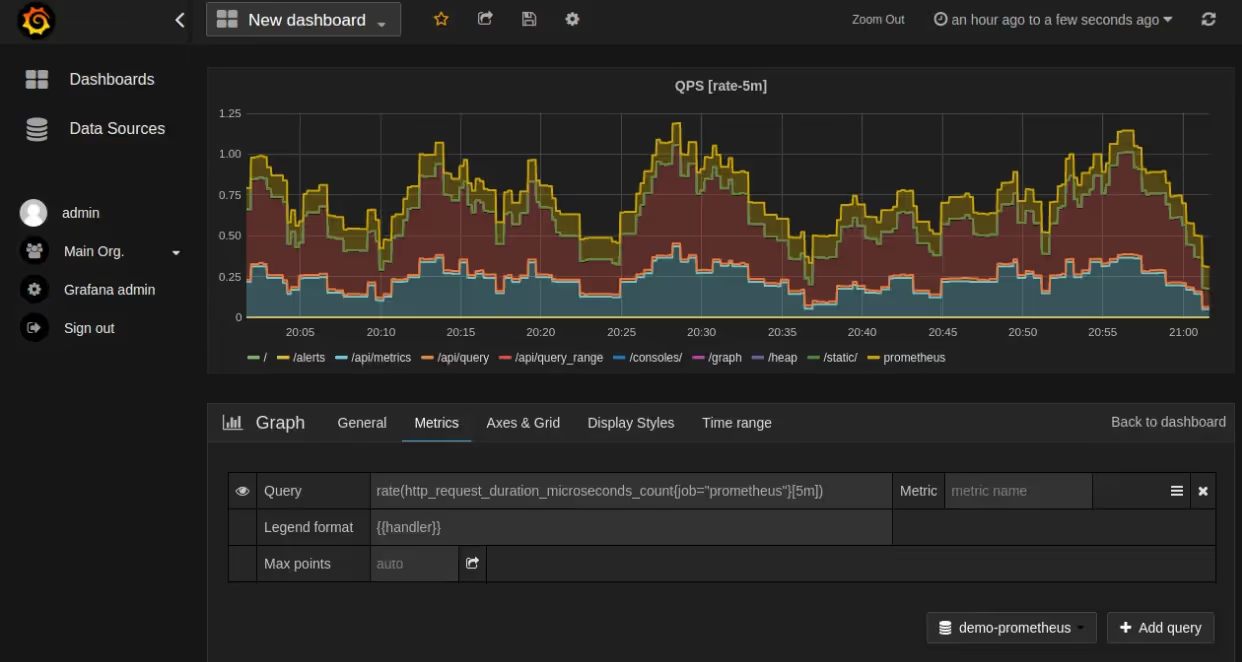
Also read: Grafana Alerting: Advanced Alerting Configurations & Best Practices
3. **New Relic:** A cloud-based observability platform that offers full-stack monitoring, distributed tracing, and AI-powered alerts, helping teams proactively detect and resolve performance bottlenecks.
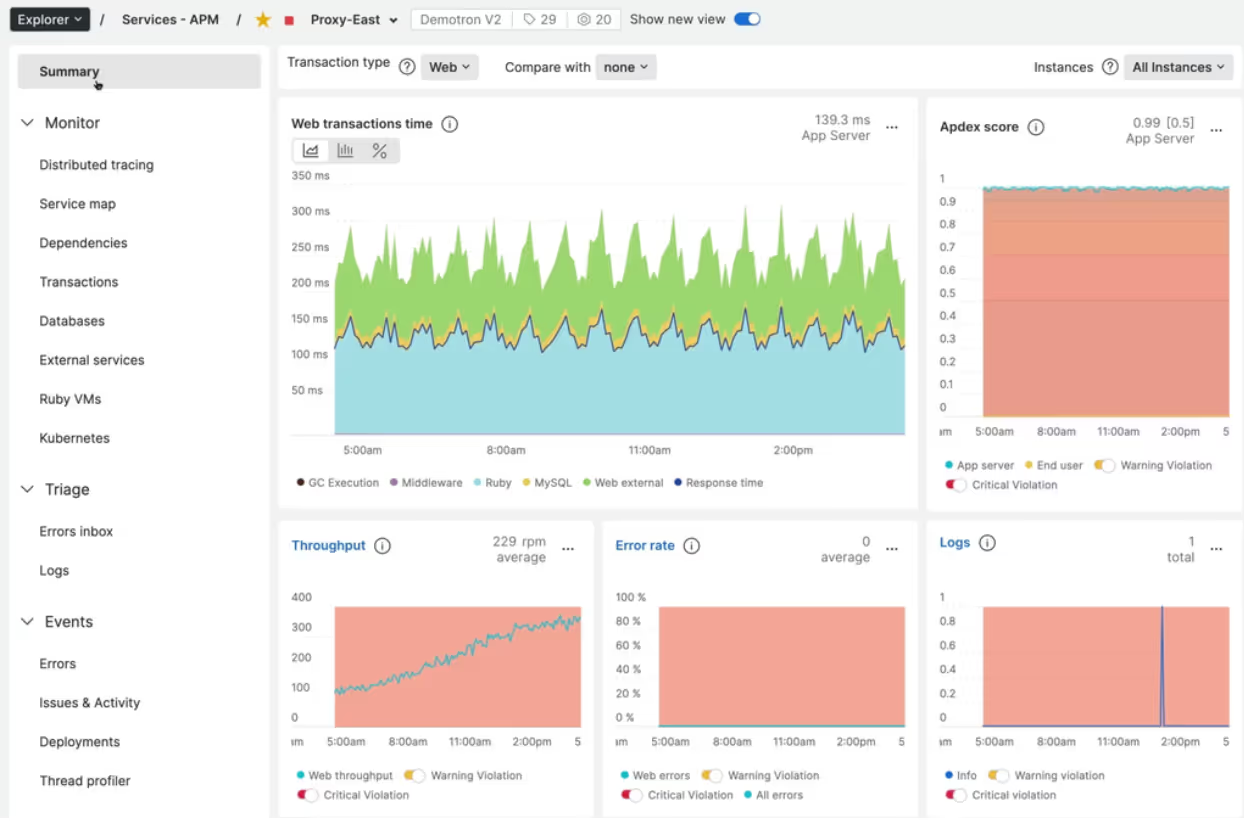
Trace analysis uncovers service dependencies and bottlenecks:
1. Tempo: An open-source distributed tracing system that helps visualize service dependencies, troubleshoot slow requests, and track performance issues across microservices architectures.
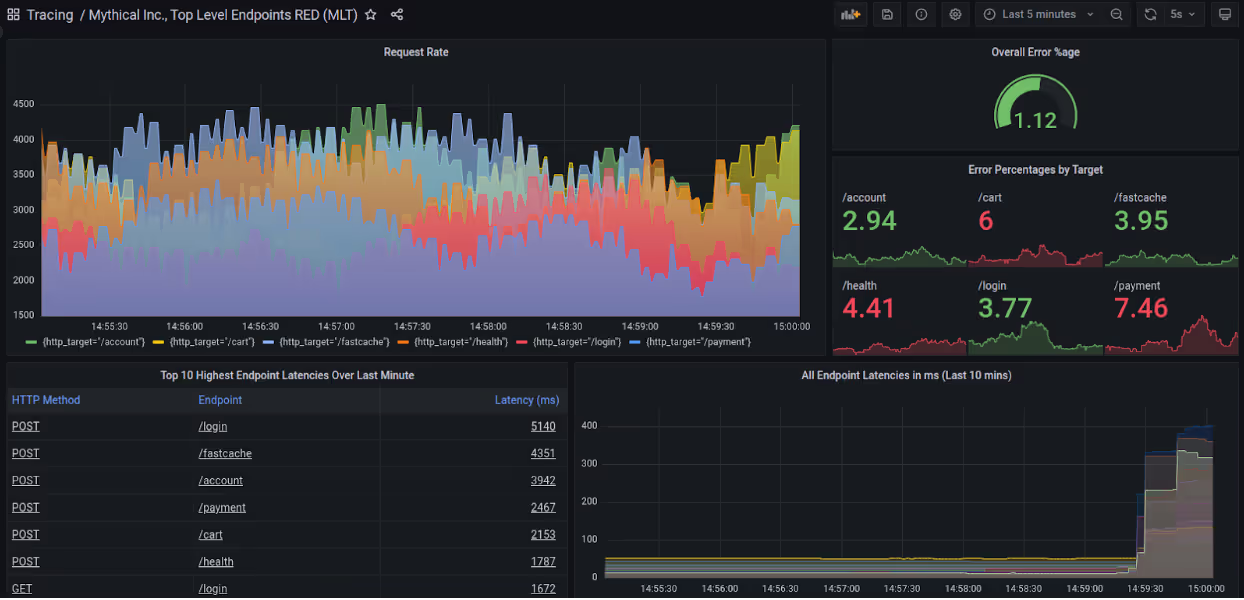
2. **Jaeger:** A CNCF-hosted tool for end-to-end distributed tracing designed to identify latency issues, detect failures, and optimize system performance through detailed trace analysis.
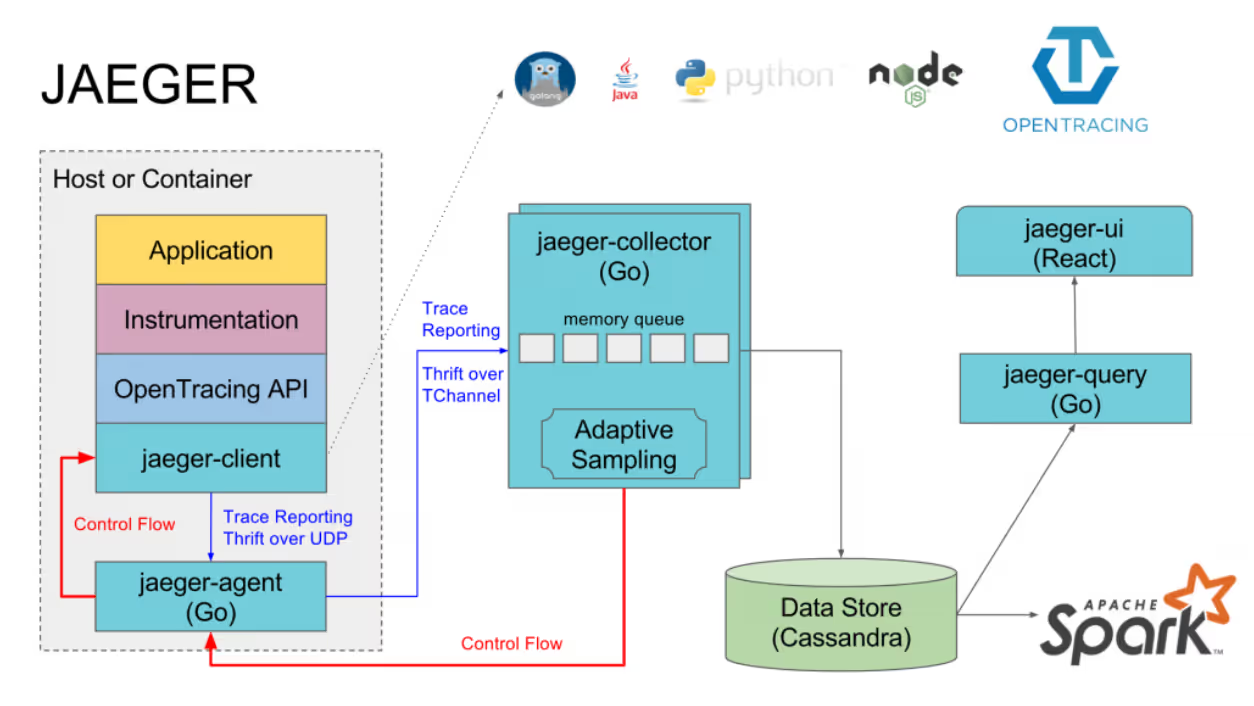
These platforms automate insights and recommendations:
1. Doctor Droid: AI-Powered Investigations for reducing Alert Noise and Creating automated RCAs
Doctor Droid is an AI-powered investigation platform built to reduce alert noise and automate root cause analysis. While traditional monitoring tools flood teams with repetitive alerts, Doctor Droid intelligently correlates them, analyzes logs and metrics, and produces automated RCA summaries—dramatically cutting down Mean Time to Recovery (MTTR).
With built-in anomaly detection, contextual enrichment, and predictive analysis, Doctor Droid helps teams identify critical issues faster and act before incidents escalate. It integrates seamlessly with observability tools like Datadog, Prometheus, Splunk, and more, creating a connected and intelligent incident response workflow.

Key benefits of Doctor Droid include:
By integrating Doctor Droid, organizations can shift from reactive troubleshooting to proactive incident management, ensuring systems remain resilient and high-performing. The Doctor Droid Slack integration enables real-time feedback on alerts, helping teams quickly identify root causes, collaborate on incident resolution, and take immediate action to minimize downtime.
2. Splunk
A data analytics and security platform with AI-driven anomaly detection, predictive analytics, and RCA automation, helping businesses mitigate risks and optimize system performance.
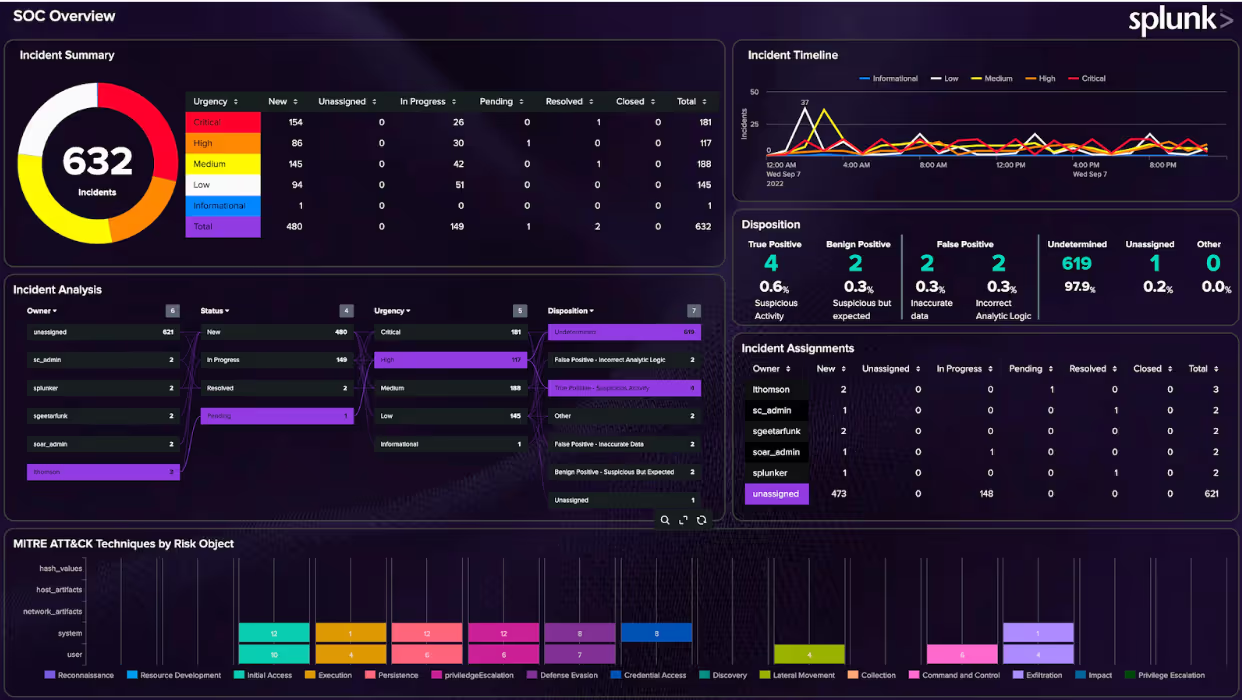
A machine learning-powered analytics tool within the Elastic Stack designed to detect anomalies, forecast system behavior, and improve RCA accuracy through real-time data processing.
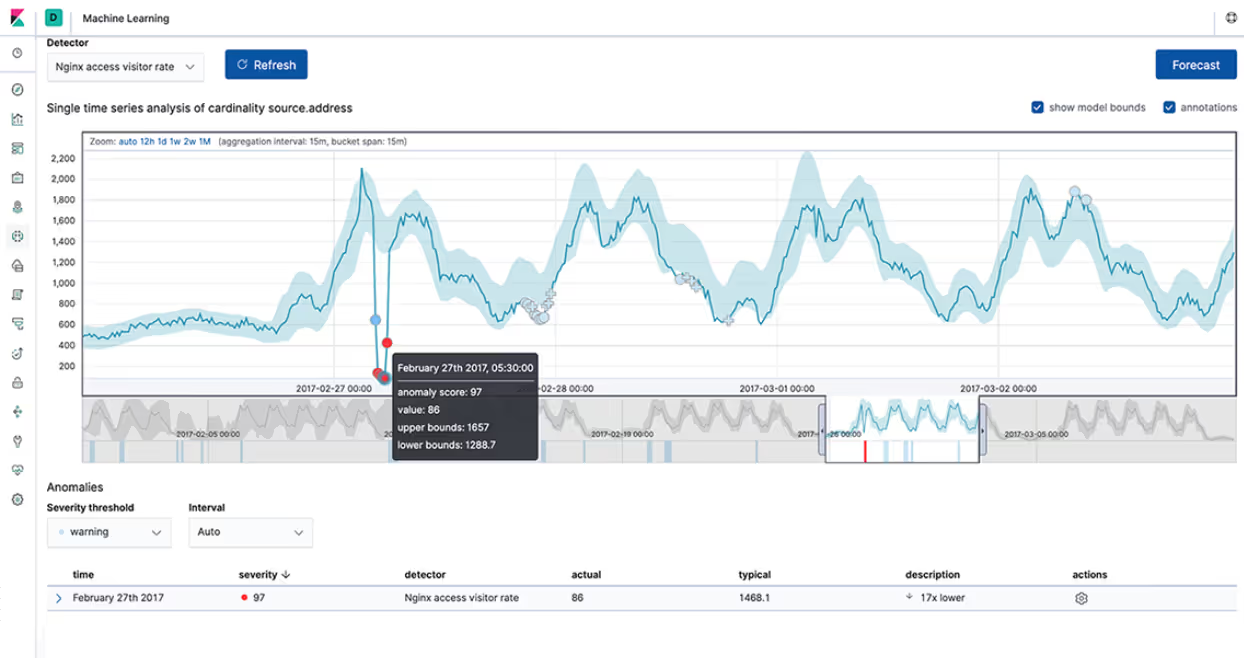
While tools and processes lay the groundwork, below are real-world examples showing how automated RCA solves problems.
AI-powered RCA transforms incident management across various domains, enabling faster, data-driven problem resolution. Automated RCA helps IT teams quickly diagnose and address root causes, whether unexpected outages, performance issues, or security threats. Here are some key use cases:
1. Service Downtime
When services suddenly go offline, automated RCA quickly traces failures across microservices—like a faulty deployment or misconfigured load balancer. AI maps dependencies to isolate the issue, restoring uptime faster than manual checks.
2. Performance Degradation
Slow API responses or database delays often stem from hidden bottlenecks. AI correlates metrics—like query execution times or memory usage—to identify causes, such as inefficient code or resource contention.
3. Security Incidents
Automated RCA scans logs for anomalies, like unusual login patterns, to trace breaches. It links events—such as a suspicious IP accessing sensitive data—to compromised credentials or vulnerabilities.
These scenarios highlight how AI transforms RCA from reactive troubleshooting to proactive system stewardship. Successfully implementing automated root cause analysis (RCA) requires more than the right tools; it necessitates a strategic approach. In the next section, we will discuss the practices for integrating AI-driven RCA into your incident management workflow.
Adopting AI-powered RCA requires a structured approach to ensure accuracy, scalability, and long-term effectiveness. By following these best practices, you can optimize AI-driven root cause analysis while maintaining control over incident resolution.
1. Start with Targeted Use Cases
Begin by implementing AI-powered RCA in specific, high-impact areas, such as recurring performance issues or frequent outages. Testing in controlled environments helps assess AI/ML efficacy before scaling across the organization.
2. Blend AI Insights with Human Expertise
AI-driven RCA enhances efficiency, but human validation remains essential. Engineers should review AI-generated insights, verify root causes, and provide feedback to refine the system for improved decision-making.
3. Continuously Update and Train Models
AI models must evolve with new incident patterns and system changes. Regularly update training datasets with the latest logs, telemetry, and RCA reports to improve prediction accuracy and adaptability over time.
Suggested read: Root Cause Analysis Techniques Using AI
Following these best practices creates a balanced, adaptive RCA system that combines AI's speed and data-processing capabilities with human expertise. This approach improves incident resolution and ensures your AI models remain accurate, reliable, and aligned with evolving system complexities.
Automated Root Cause Analysis, powered by AI and machine learning, redefines how teams diagnose and resolve system issues. Accelerating incident resolution, reducing human error, and scaling with complex environments transform reactive troubleshooting into proactive reliability engineering.
Platforms like Doctor Droid exemplify this shift, offering automated alert insights and RCA recommendations to streamline workflows. With its ability to correlate data from observability tools and prioritize root causes, Doctor Droid complements engineering efforts, turning fragmented data into actionable solutions.
Ready to simplify RCA and boost operational efficiency? Explore how Doctor Droid can automate your incident management today.
Try Doctor Droid — your AI SRE that auto-triages alerts, debugs issues, and finds the root cause for you.
(Perfect for DevOps & SREs)

Install our free slack app for AI investigation that reduce alert noise - ship with fewer 2 AM pings
Everything you need to know about Doctor Droid
Automated root cause analysis is the process of using technology to systematically identify the underlying causes of incidents or failures. AI and machine learning enhance RCA by analyzing patterns across large datasets, identifying correlations humans might miss, and reducing the time to pinpoint root causes through algorithms that can process system data in real time.
Key components include data collection systems, analysis algorithms, machine learning models, anomaly detection capabilities, visualization tools, and integration with existing monitoring systems. These components work together to ingest data, identify patterns, detect anomalies, and present findings in an actionable format.
Implementation involves defining your objectives, identifying data sources, selecting appropriate tools, training machine learning models with historical incident data, integrating with existing systems, establishing feedback loops for continuous improvement, and training your team on how to use the new capabilities effectively.
Benefits include significantly reduced mean time to resolution (MTTR), more accurate identification of root causes, prevention of recurring issues through pattern recognition, reduced operational costs, improved system reliability, and the ability to handle complex, interdependent systems more effectively.
Common challenges include data quality issues, integration with legacy systems, the need for specialized skills, initial false positives/negatives while models are training, cultural resistance to AI-based solutions, and maintaining context awareness in highly complex environments.
There are several categories of tools available, including AIOps platforms (like Moogsoft, Dynatrace, and New Relic), open-source solutions (such as Prometheus with machine learning extensions), cloud provider offerings (AWS CloudWatch with Insights, Azure Monitor with AI), and specialized RCA tools with AI capabilities (like PagerDuty Incident Intelligence).
Common use cases include network outage analysis, application performance degradation investigation, security incident response, database performance troubleshooting, cloud infrastructure failures, microservice dependency issues, and identifying patterns in recurring incidents across distributed systems.
Prepare by ensuring good data hygiene practices, upskilling team members in basic data science concepts, starting with well-defined and limited scope implementations, establishing clear metrics for success, and cultivating a culture that embraces both human expertise and AI assistance.
Dr. Droid can be self-hosted or run in our secure cloud setup. We are very conscious of the security aspects of the platform. Read more about security & privacy in our platform here.
Dr. Droid can be self-hosted or run in our secure cloud setup. We are very conscious of the security aspects of the platform. Read more about security & privacy in our platform here.


